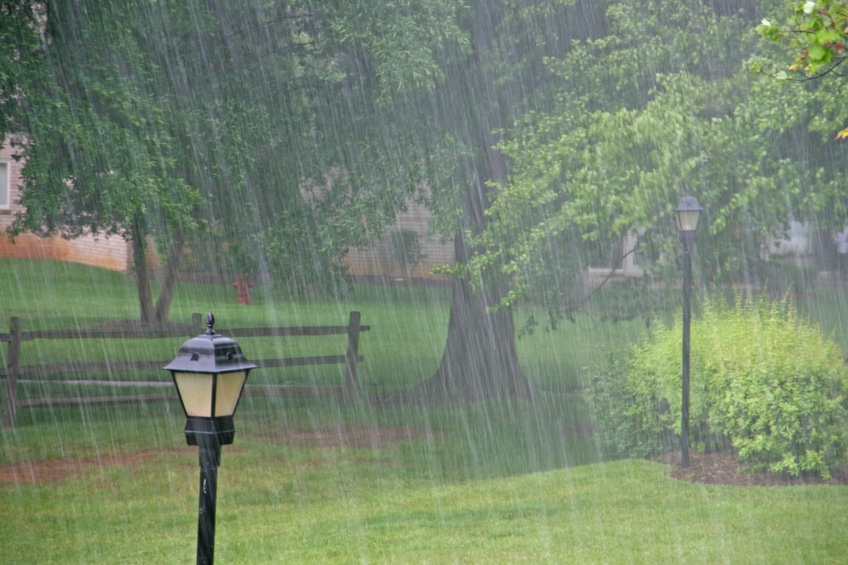Wind driven rain is exactly what it sounds like – rain propelled by wind to move diagonally or even horizontally at times. Roofing is particularly susceptible to wind driven rain because it can get into areas that straight-falling rain cannot reach. You may notice leaks in your roof or ceiling during storms with wind that do not show up in storms without wind. In the guide below, we will discuss how to prevent wind driven rain damage in Michigan so you can avoid costly repairs later on.
Get A Professional Roofing Inspection
One of the first steps in any form of roof maintenance is to get a roof inspection. Your inspector will assess your roof for weak areas that could be vulnerable to damage during wind driven rain storms. If he notices an area of weakness, he can recommend repairs that would strengthen that part of the roofing and reduce your risk of damage in the future.
Get a roof inspection at least once a year or as soon as you notice signs of damage. The sooner you take care of the repairs, the smaller the damage will be.
Repair Or Replace Your Roof
If you have already noticed problems from wind-driven rain in Michigan, get your roofing repaired or replaced. As we mentioned above, roof damage does not get better on its own. It only gets worse over time. The longer you let your roof sit, the higher your risk will be of permanent damage, rotten wood, mold, and a number of other home improvement issues.
Cut Back Overhanging Tree Limbs
If you have trees on the property that hang over the roof, cut the branches back so they no longer go over the building. With wind driven rain often comes heavy wind that can push these branches against your roofing, poking holes in the lining and brushing off shingles along the way. Overhanging tree limbs will get heavy with ice in the winter, which once again puts your roof at risk of damage. By staying on top of your yard work, you will effectively protect your roofing from storm damage.
Use Tarping For Temporary Protection
If you need a temporary source of protection between storms, you may use a tarp to cover a damaged part of your roof. Secure the tarp with 2×4’s on all edges, and wrap the top edge over the peak of the roof to make sure it is pulled tight. Even with this system in place though, it is best to get your repairs completed before the next big storm in order to prevent further damage to the property.
